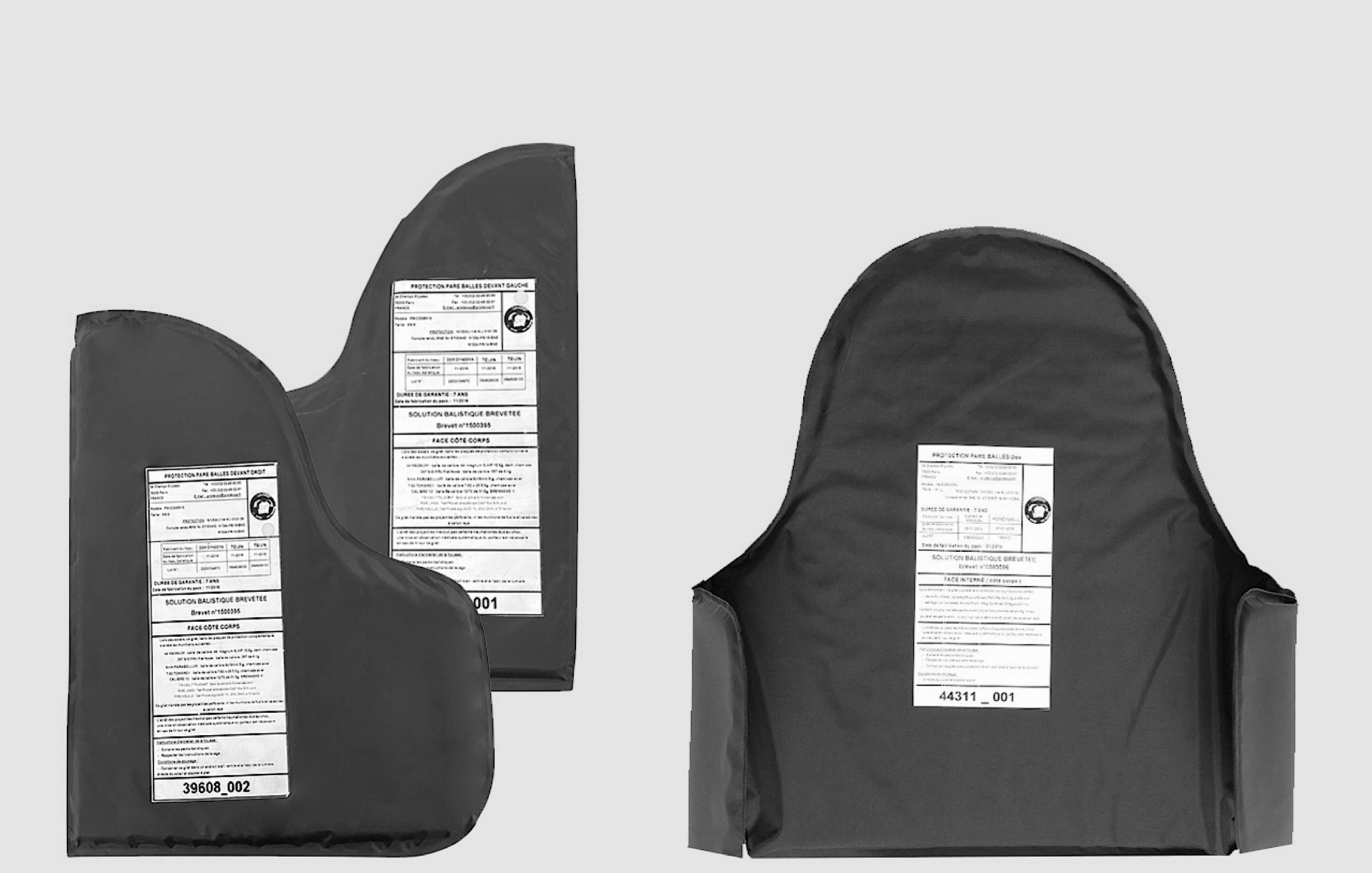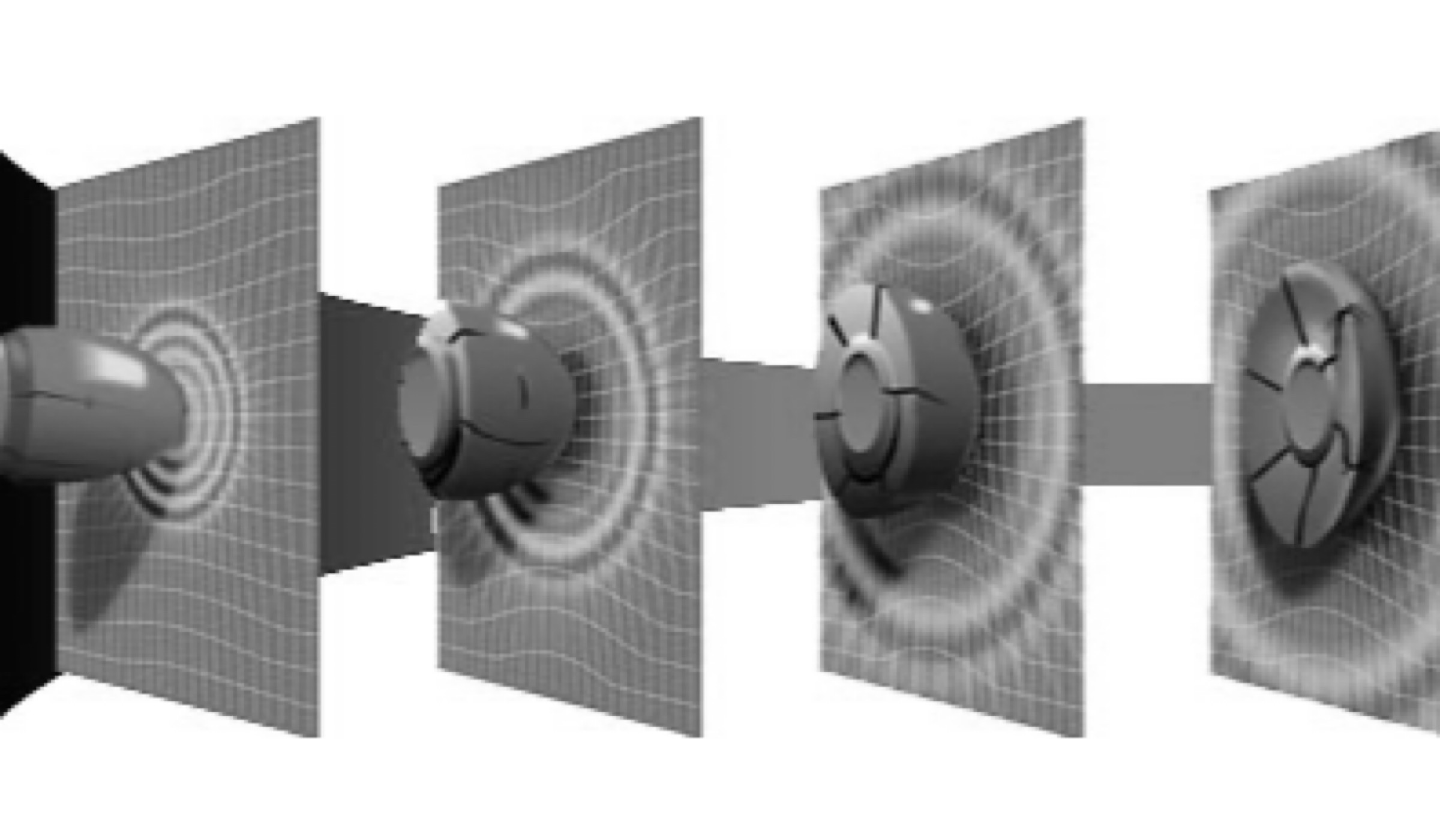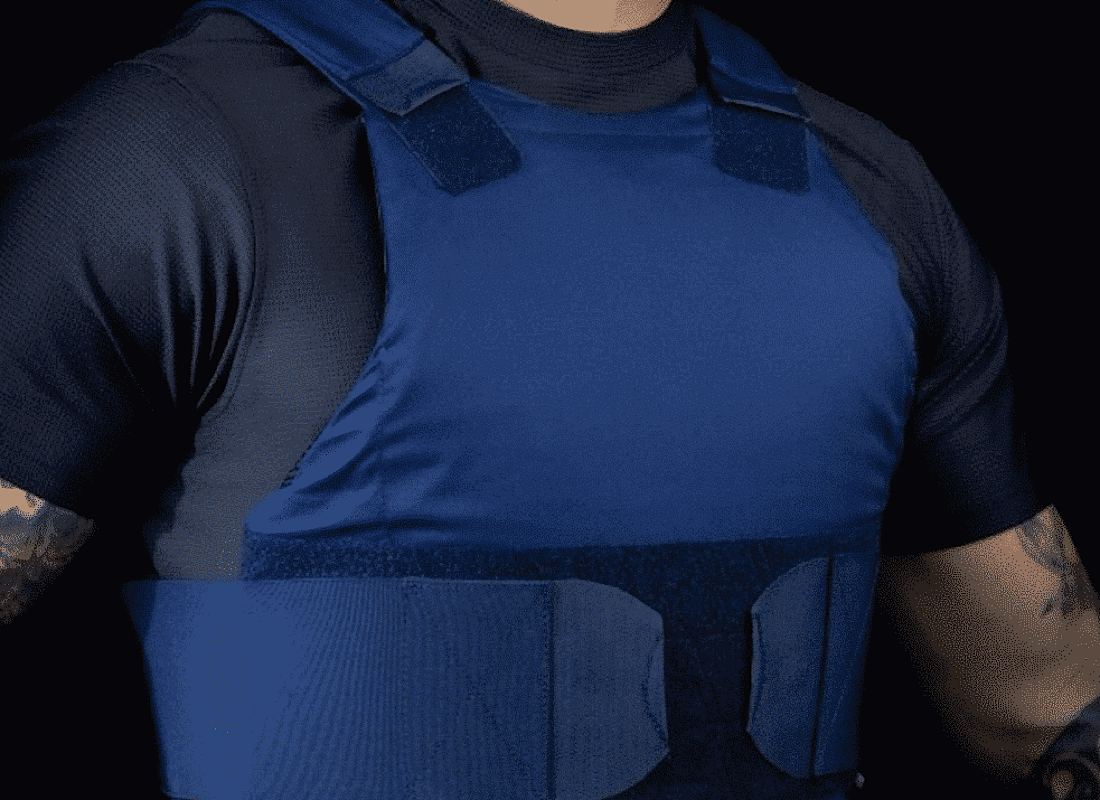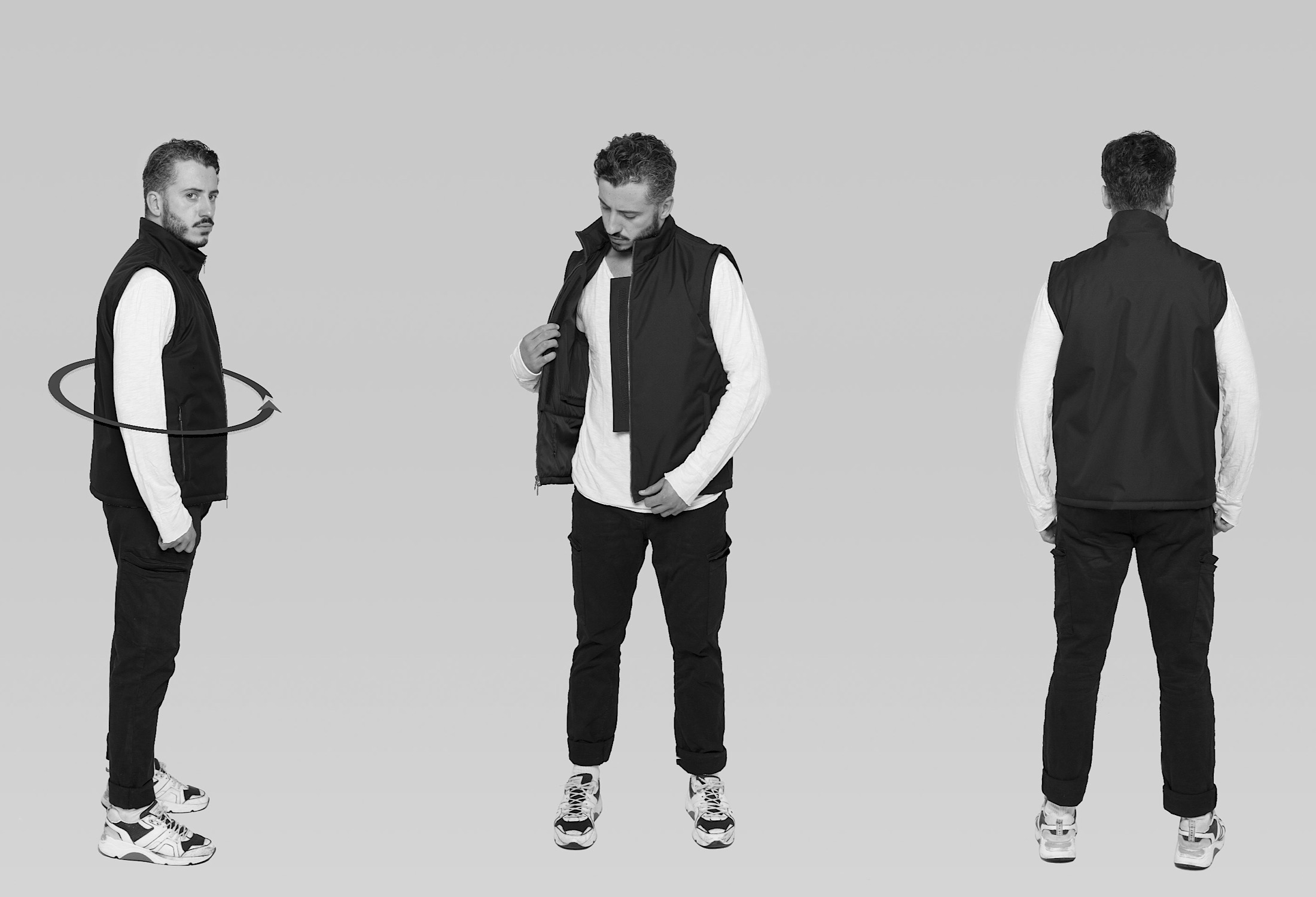Here, every article is written by those who believe that bulletproof and stab-proof vests can be reinvented: welcome to VEST PARIS , where elegance, safety and innovation discreetly meet.
Initially designed for law enforcement and the military, its use has diversified, providing vital ballistic protection in a variety of settings. This type of vest is essential for understanding defense against bullets and other threats such as knife attacks.
It is even becoming one solution among others in the face of the upsurge in knife attacks of which civilians are increasingly victims.
Definition and operation of bulletproof vest
Bulletproof vest, as the name suggests, is a vest designed to protect its wearer from bullets of various calibers. Made from materials like Kevlar, a bulletproof vest absorbs and disperses the kinetic energy of a bullet, reducing potential injuries.
Modern bulletproof vests often meet NIJ (National Institute of Justice) standards, guaranteeing a certain level of protection.

Materials: Kevlar and other components
Kevlar is a key component in the manufacture of bulletproof vests. This synthetic material offers exceptional strength while being lightweight, allowing for discreet and comfortable wear. Vest manufacturers often use layers of Kevlar to maximize effectiveness against bullets and sometimes even stab wounds.
Varieties of bulletproof vests
Bulletproof vests come in several types, ranging from covert wear to more robust models equipped with ballistic plates. Vest covers also offer customization in terms of style and functionality.
Level III vests, for example, are designed to withstand impacts from high-caliber bullets and are often used by security forces in high-risk situations.
Fit and comfort
A bulletproof vest must fit properly to ensure maximum protection. A vest that is too loose can leave vital areas exposed, while one that is too tight can be uncomfortable and restrict movement. Make sure the vest covers the torso area well, without hindering breathing or arm movement. Level III vests, equipped with ballistic plates, are generally more rigid but must also fit properly.

How does a bulletproof vest stop a bullet?
Understanding Ballistic Protection
A bulletproof vest, commonly made of Kevlar, is specifically designed to absorb the kinetic energy of a bullet. By dispersing this energy over a larger area, the vest minimizes the risk of penetration. A Kevlar vest is widely used among law enforcement personnel, providing essential protection while allowing for discreet wear.
Compliance with NIJ Standards
Bulletproof vests are classified according to National Institute of Justice (NIJ) standards, which define different levels of protection. For example, a Level IIIA vest is tested to stop a .44 Magnum caliber bullet, while a Level III vest is designed to stop a rifle bullet.
The vest manufacturer ensures that their products comply with NIJ standards, thus guaranteeing a certain level of safety.
Bulletproof Vest Categories
Here are the main categories of bulletproof vest:
Level I: Provides minimal protection against small caliber handguns.
Level IIA: Protects against handguns larger than Level I.
Level II: Provides superior protection against handguns over previous levels.
Level IIIA: Protects against larger caliber bullets, including .44 Magnums.
Level III: Provides protection against shotguns and assault rifles.
Level IV: The highest level, capable of stopping high caliber bullets like the .30-06 or .308 Winchester.
These protection levels are rated based on the vest's ability to stop specific bullets and how well it resists penetration.
Additionally, there are bulletproof vests designed for specific uses, such as those intended for protection against stab wounds, or lighter models intended for situations where mobility is crucial.

Kevlar and discreet port for everyday life
Concealed wear is essential for civilians or agents on covert missions. A bulletproof vest designed for concealed wear can be worn under clothing, providing protection without attracting attention. These vests are often lighter and less bulky, although they offer a more limited level of protection compared to more robust models.
What is Kevlar made of?
Kevlar is a synthetic fiber known for its strength and versatility in various applications, including the manufacture of bulletproof vests and ballistic protection. A member of the aramid family, Kevlar was invented by DuPont de Nemours and created by Stephanie Kwolek in the 1960s. This fiber is made up of long, oriented molecular chains, providing high tensile strength.
The link between Kevlar and Aramid
Aramid, a family of aromatic polymers, includes synthetic fibers such as Kevlar. These materials offer excellent resistance to impact, heat, and chemicals. They are primarily used in applications where high strength is required, such as bulletproof vests and protective equipment.
Kevlar's composition includes special chemical bonds that give it its unique properties. Its linear molecular structure and intermolecular hydrogen bonds allow it to distribute the kinetic energy of a projectile by stretching and deforming the fibers instead of breaking them.
The virtues of Kevlar
This bullet and cut resistance is essential in bulletproof vests, where Kevlar is used to create layers of material resistant to ballistic penetration.
These vests are tested to rigorous standards such as Level IIIA, defined by the National Institute of Justice (NIJ), guaranteeing protection against bullets from certain handguns.
These vests can also be reinforced with ballistic plates to provide additional protection against more powerful ammunition.

What body armor do elite units wear?
Elite units, such as military special forces, police response teams, and high-level security officers, often wear body armor designed to provide a high level of protection while allowing maximum mobility and flexibility.
These vests are specially designed to meet the rigorous demands of these elite operators. Here are some typical features of these vests:
High level of protection
Vests worn by elite units typically offer Level III or IV ballistic protection according to NIJ standards. Level III provides protection against assault rifle bullets, while Level IV can stop larger caliber projectiles, including high-velocity weapon fire.
Rigid ballistic plates
These Level 4 vests often incorporate rigid armor plates made of ceramic, polyethylene, or other composite material to provide additional protection against high-caliber firearm fire. They are reserved for military personnel and response units exposed to war weapons or assault rifles, for example.

Comfort and mobility of the bulletproof vest
Despite their high protection, these vests are designed to allow maximum freedom of movement. They are often adjustable and customizable to adapt to different body shapes and operational situations.
Modular Plate Carrier (MOLLE): Many elite vests feature MOLLE (Modular Lightweight Load-carrying Equipment) systems for attaching various equipment and accessories, such as ammo pouches, medical kits, and tactical tools.
Advanced Materials: These vests are often made from advanced materials like Kevlar, Dyneema, or other aramid fibers to provide ballistic protection while remaining lightweight.
Covert or Overt Wear: Depending on the mission, elite units can choose between covert-wear vests, designed to be worn under clothing, and overt-wear vests, which are more cumbersome but offer additional protection and customization options.
Stab and Blast Resistance: Some vests are also designed to provide stab and blast protection, which is crucial in certain operational environments.
The body armor of elite units is therefore highly specialized, combining advanced ballistic protection, customization capabilities, and comfort to meet the demands of the most difficult operations.

Can a civilian wear a bulletproof vest?
Yes, a civilian can carry it in many countries, but it still depends on local regulations and firearms laws. That's why FURTIV exists.
In many jurisdictions, the purchase and wear of bulletproof vests is legal for civilians without specific restrictions.
However, some regions may have specific requirements or rules regarding the purchase and possession of this equipment. In France, for example, a civilian can purchase and wear body armor below level 4. Anything above that is considered military equipment.
Civilians may purchase bulletproof vests for a variety of reasons, including high-risk occupations, personal safety, or in situations where there is a threat of violence. It is essential to research local laws and comply with applicable regulations before purchasing or wearing bulletproof vests.
Is a bulletproof vest waterproof?
Current body armor is generally designed to be water resistant to some degree, but prolonged and repeated exposure to water can potentially compromise its effectiveness.
Materials used in bulletproof vests, such as Kevlar or Dyneema, can be damaged by excessive moisture, which could weaken their ability to stop projectiles.
Occasional exposure to light rain should not cause major problems, but it is recommended that the body armor be thoroughly dried after any exposure to water to prevent deterioration.
It is important to follow the manufacturer's instructions for maintaining and cleaning your bulletproof vest to maintain its performance and ensure its durability. If the vest is regularly used in wet conditions, waterproof covers or special treatments may be available to better protect it from moisture.
For example, in the FURTIV jackets, the bulletproof material is protected from rain and the fabrics used in the ORIGIN and WINTER models are also waterproof.
Choosing and Maintaining a Bulletproof Vest
Choosing a bulletproof vest involves considering several factors, including threat level, comfort, and the need for concealed wear.
Additionally, vest maintenance, including replacing covers and inspecting ballistic plates, is essential to ensure their long-term effectiveness.
